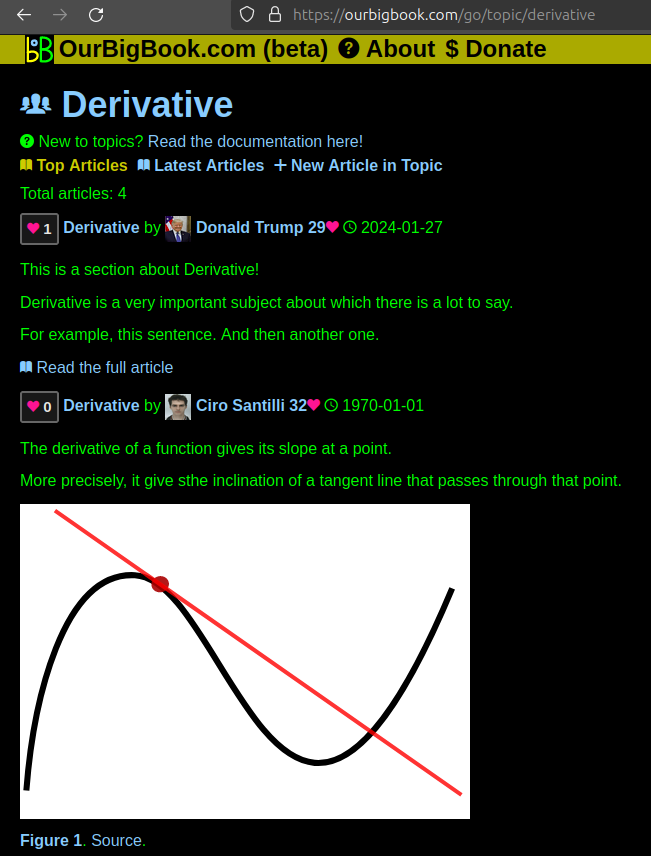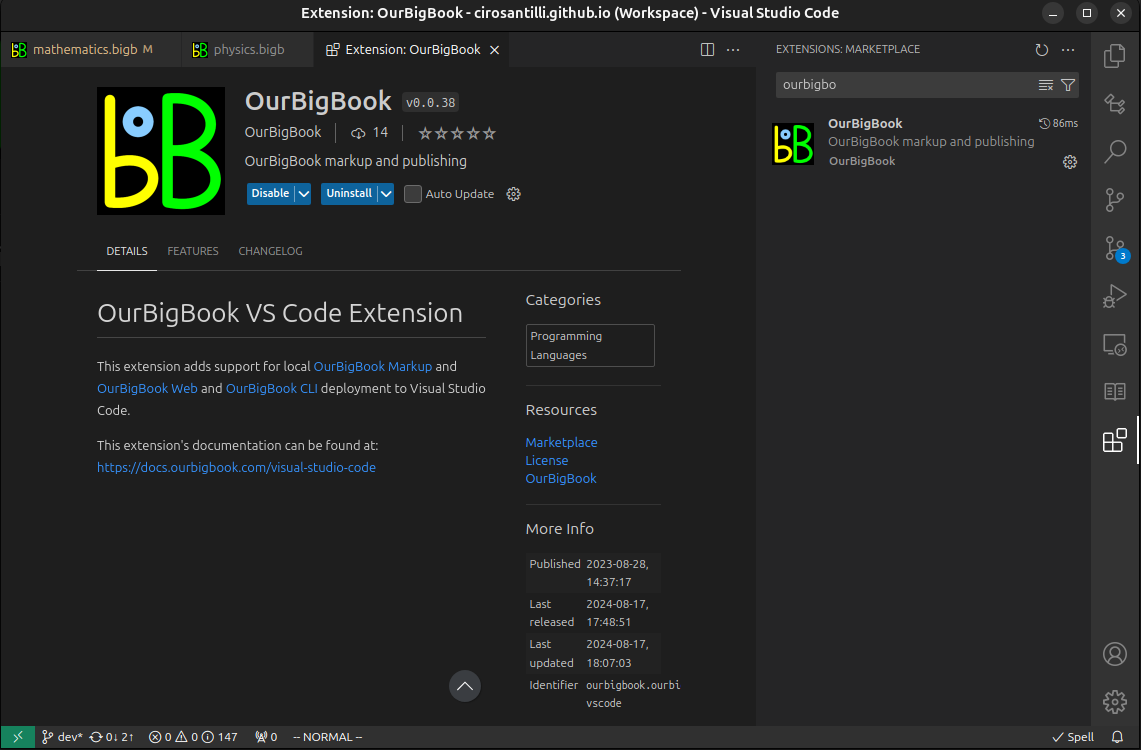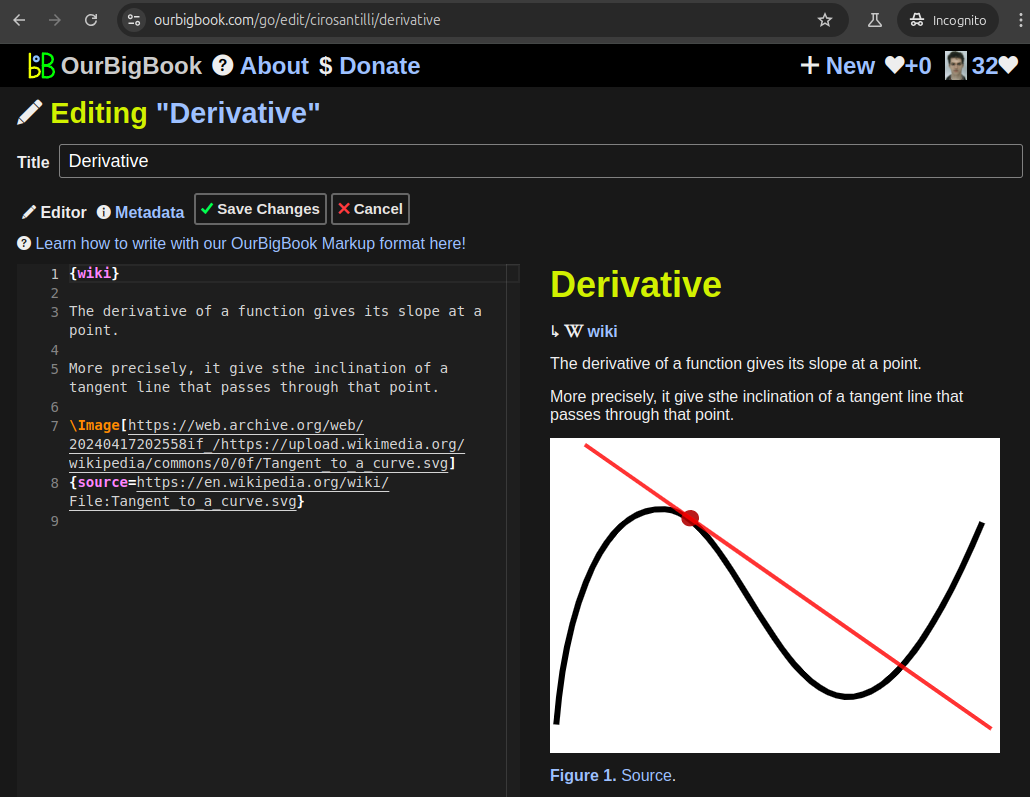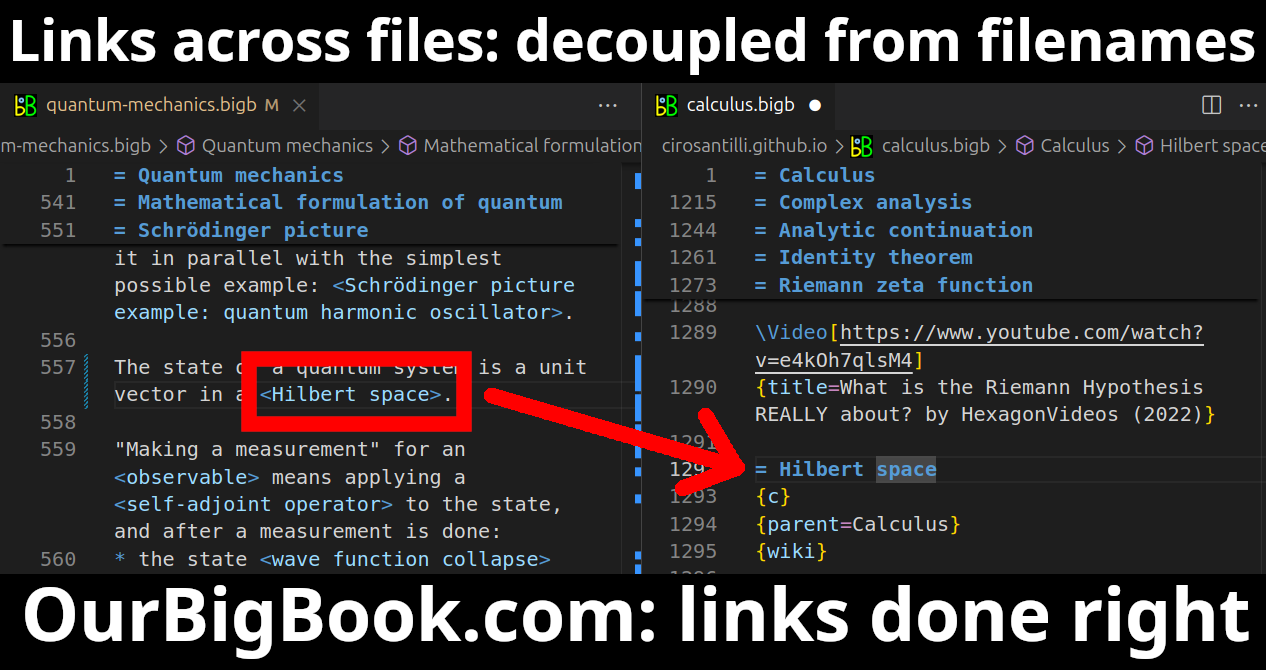Peter Smith is a physicist known for his work in areas such as quantum mechanics and condensed matter physics. However, without more specific information, it's difficult to provide detailed insights about him, as there are multiple individuals with that name in various fields. If you were referring to a specific Peter Smith who has made significant contributions to physics or another area, please provide more context or details.
John H. Lawrence was a prominent American physician and medical physicist known for his pioneering work in the field of radiation therapy and cancer treatment. He made significant contributions to the development and application of radioactive isotopes in medicine, particularly in the treatment of cancer. His research and innovations helped shape modern radiation therapy techniques. Lawrence was also involved in the establishment of various scientific and medical organizations and has authored numerous papers and articles on the subject of radiobiology and radiation therapy.
Otto Hahn (1879–1968) was a German chemist who was a pioneer in the fields of nuclear chemistry and radioactivity. He is best known for his role in the discovery of nuclear fission—the process by which the nucleus of an atom splits into smaller parts, releasing a significant amount of energy. This discovery, made in collaboration with his assistant Fritz Strassmann and physicist Lise Meitner, was crucial for the development of nuclear power and atomic bombs.
An enthalpy-entropy chart, often referred to as a Mollier diagram or H-S diagram, is a graphical representation used in thermodynamics to illustrate the thermodynamic properties of substances, particularly for phase change processes. The x-axis typically represents entropy (S), while the y-axis represents enthalpy (H). These charts are especially useful for analyzing the behavior of gases and refrigerants in various thermodynamic cycles, such as those found in heat engines and refrigeration systems.
A null vector, often referred to as the zero vector, is a vector that has all its components equal to zero.
The Entropy Influence Conjecture is a concept related to statistical mechanics and information theory, though it's not a widely established term in mainstream literature as of my last knowledge update in October 2023. In general, the idea of entropy pertains to the level of disorder or randomness in a system, and it's a central concept in thermodynamics and information theory.
Philip W. Anderson (1923–2023) was an American physicist known for his significant contributions to condensed matter physics. He was awarded the Nobel Prize in Physics in 1977 for his work on the theory of disordered systems, which has implications for understanding phenomena in various materials, including metals, semiconductors, and magnets. Anderson's research spanned several key areas, including the development of theories regarding localization, superconductivity, and the behavior of complex materials.
A De Bruijn sequence is a cyclic sequence containing a particular set of symbols in such a way that every possible subsequence of a given length appears exactly once. Specifically, for a sequence of length \( n \) over an alphabet of size \( k \), a De Bruijn sequence is a cyclic sequence of length \( k^n \) in which every possible string of length \( n \) made up of the symbols from the alphabet occurs as a contiguous subsequence.
Double counting is a combinatorial proof technique used to show that two different expressions count the same quantity. The idea is to count the same set or scenario in two distinct ways. If both methods give the same total, it can help establish identities or combinatorial equalities. ### Steps in Double Counting: 1. **Identify the Set**: Choose a specific set or mathematical object that can be counted in two different ways.
Enumerations of specific permutation classes refer to the systematic counting and characterization of permutations that belong to a defined class or family based on certain properties. A permutation is an arrangement of a set of elements, typically represented as a sequence. In combinatorial mathematics, particularly in the study of permutations, a permutation class is defined as a set of permutations that can be characterized by a restriction, such as avoiding certain "forbidden" permutations or following particular combinatorial patterns.
The term "list of partition topics" could refer to several different contexts, so I will provide an overview of a few possibilities: 1. **Partitioning in Databases**: In database management systems, partitioning refers to the process of dividing a database into smaller, more manageable pieces, known as partitions. Each partition can be considered a separate topic if they represent different types of data or if they are used for different purposes.
A **noncrossing partition** is a specific type of partition of a set that has a particular property related to the arrangement of its elements. To understand noncrossing partitions, let's first clarify what a partition is and what we mean by "noncrossing." ### Partition A partition of a set is a way of dividing that set into disjoint subsets, such that every element of the original set belongs to exactly one of these subsets.
The Schuette–Nesbitt formula is a mathematical formula used in the context of algebraic geometry and number theory, specifically pertaining to the counting of points on algebraic curves over finite fields. It provides a way to compute the number of points on a curve defined over a finite field based on properties of the curve, such as its genus.
De Vaucouleurs's law, often referred to in the context of galaxy light profiles, describes how the brightness of a galaxy varies with distance from its center. Specifically, it is an empirical relationship that characterizes the surface brightness profile of elliptical galaxies and spiral galaxies. The law states that the mean surface brightness within a given radius (R) from the center of a galaxy decreases exponentially with increasing radius in a specific manner.
In symbolic combinatorics, the Stirling numbers and exponential generating functions are important concepts that help in counting combinatorial structures and understanding their relationships. ### Stirling Numbers Stirling numbers come in two flavors: **Stirling numbers of the first kind** and **Stirling numbers of the second kind**.
Pinned article: Introduction to the OurBigBook Project
Welcome to the OurBigBook Project! Our goal is to create the perfect publishing platform for STEM subjects, and get university-level students to write the best free STEM tutorials ever.
Everyone is welcome to create an account and play with the site: ourbigbook.com/go/register. We belive that students themselves can write amazing tutorials, but teachers are welcome too. You can write about anything you want, it doesn't have to be STEM or even educational. Silly test content is very welcome and you won't be penalized in any way. Just keep it legal!
Intro to OurBigBook
. Source. We have two killer features:
- topics: topics group articles by different users with the same title, e.g. here is the topic for the "Fundamental Theorem of Calculus" ourbigbook.com/go/topic/fundamental-theorem-of-calculusArticles of different users are sorted by upvote within each article page. This feature is a bit like:
- a Wikipedia where each user can have their own version of each article
- a Q&A website like Stack Overflow, where multiple people can give their views on a given topic, and the best ones are sorted by upvote. Except you don't need to wait for someone to ask first, and any topic goes, no matter how narrow or broad
This feature makes it possible for readers to find better explanations of any topic created by other writers. And it allows writers to create an explanation in a place that readers might actually find it.Figure 1. Screenshot of the "Derivative" topic page. View it live at: ourbigbook.com/go/topic/derivativeVideo 2. OurBigBook Web topics demo. Source. - local editing: you can store all your personal knowledge base content locally in a plaintext markup format that can be edited locally and published either:This way you can be sure that even if OurBigBook.com were to go down one day (which we have no plans to do as it is quite cheap to host!), your content will still be perfectly readable as a static site.
- to OurBigBook.com to get awesome multi-user features like topics and likes
- as HTML files to a static website, which you can host yourself for free on many external providers like GitHub Pages, and remain in full control
Figure 3. Visual Studio Code extension installation.Figure 4. Visual Studio Code extension tree navigation.Figure 5. Web editor. You can also edit articles on the Web editor without installing anything locally.Video 3. Edit locally and publish demo. Source. This shows editing OurBigBook Markup and publishing it using the Visual Studio Code extension.Video 4. OurBigBook Visual Studio Code extension editing and navigation demo. Source. - Infinitely deep tables of contents:
All our software is open source and hosted at: github.com/ourbigbook/ourbigbook
Further documentation can be found at: docs.ourbigbook.com
Feel free to reach our to us for any help or suggestions: docs.ourbigbook.com/#contact






